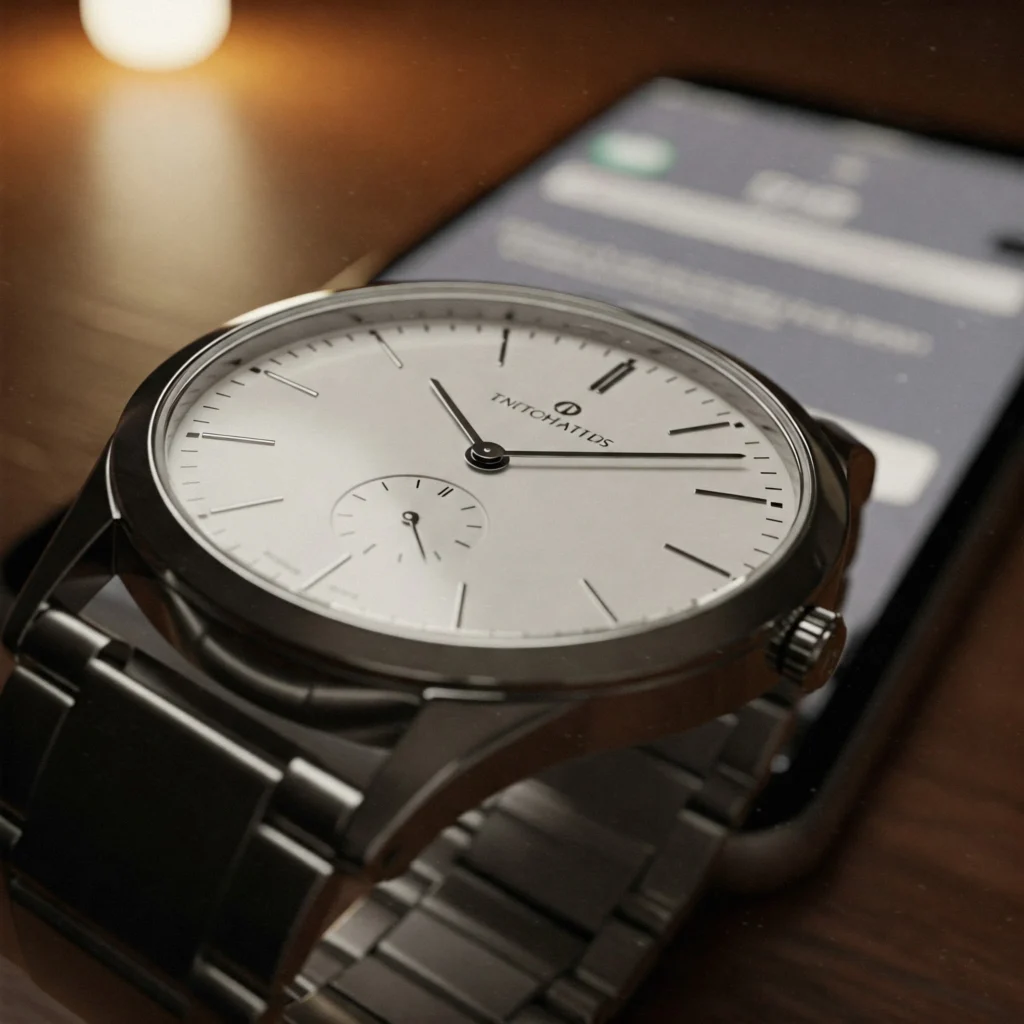Texting & Communication Etiquette: How Classy People Interact Online


In a world dominated by digital conversations, the way you text and communicate online speaks volumes about your personality. Classy individuals understand that elegance extends beyond attire and physical presence it reflects in their words, tone, and overall digital demeanour. Consider this: is your online persona projecting the sophistication you cultivate in person? Or are you inadvertently slipping into the digital equivalent of wearing socks with sandals?
Whether you’re sending a message, responding to emails, or commenting on social media, mastering texting and communication etiquette is essential for maintaining a refined and sophisticated image.
Mastering the art of digital communication isn’t just a ‘nice-to-have’ “it’s a critical skill”. Because, let’s face it, a poorly worded text can undo years of carefully curated sophistication faster than a dropped ice cream cone on a white carpet.
So, What is Texting & Communication Etiquette?
Texting & Communication Etiquette is the art of navigating the digital realm with grace and consideration. It involves understanding the nuances of online communication, from crafting thoughtful messages to respecting others’ time and boundaries.
1. The Thoughtful Messaging

Classy individuals never rush into texting. They think before they type, ensuring their messages are clear, respectful, and purposeful. They avoid unnecessary filler texts like “hey” or “sup” and instead engage with meaningful conversation starters.
Key Takeaways:
- Be concise but polite. A straightforward, well-phrased message conveys respect for the recipient’s time
- Avoid unnecessary abbreviations (e.g., “u” instead of “you” or “are” to “r.”). While abbreviations might seem efficient, they often come across as sloppy.
- Use proper grammar and punctuation. A misplaced comma or a run-on sentence can drastically alter the intended meaning, leading to confusion or misinterpretation.
2. Respecting Response Time

A sophisticated person understands that not everyone is available 24/7. They don’t spam others with multiple texts if they don’t get an immediate reply. Each one is more demanding than the last Likewise, they prioritize responding in a timely manner to show respect.
Key Takeaways:
- Give people time to respond.
- Avoid double-texting. While a gentle nudge might be acceptable in certain circumstances, avoid the dreaded double-text (or, heaven forbid, triple-text) unless absolutely necessary. It often conveys a sense of urgency that is both unwarranted and irritating.
- Respond promptly to professional and important messages. While patience is essential, timely responses are equally vital, especially in professional or important exchanges. Leaving a colleague or client waiting for critical information is not only unprofessional but also disrespectful. A swift, courteous reply demonstrates your commitment and attention to detail.
3. Using Proper Greetings and Closings
Just like in face-to-face conversations, greetings and closings set the tone of digital interactions. Classy individuals always begin their messages with a polite greeting and end on a courteous note.
Example:
- Instead of: “Yo, need help with this.”
- Try: “Hey [Name], hope you’re doing well. Could you help me with this? Thanks!”
- Or “Hey, Got some time? I wanted your help with this. Thanks!”
Addressing the recipient by name demonstrates that you value them as an individual, not just a contact.
Employing phrases like “I hope you are doing well” or “Thank you for your time” conveys a sense of warmth and respect.
Tailor your greetings and closings to the nature of the relationship and the context of the conversation. A formal email to a client will require a different approach than a casual text to a friend. Are you adapting your language to reflect the appropriate level of formality?
4. Mastering the Tone & Avoiding Misinterpretation
Since text lacks tone and facial expressions, misinterpretations are common. Classy people ensure their words are warm and clear, avoiding passive-aggressive or curt responses.
Key Takeaways:
- Use emojis sparingly to convey warmth. Overuse can detract from the professionalism of your message, while a well-placed emoji can convey subtle emotions and soften the tone.
- Before pressing send, take a moment to reread your message from the recipient’s perspective. Does it convey the intended meaning? Could any phrase be misconstrued? This simple act of self-editing can prevent a multitude of misunderstandings.
- Avoid ALL CAPS (it can come across as shouting). PLEASE AVOID THIS!!!, DO YOU HEAR ME? Got the Point?
5. Social Media Grace & Commenting Etiquette
In this digital agora, where opinions clash and emotions run high, maintaining composure and projecting an aura of grace is paramount. When commenting or engaging on social media, a refined individual remains courteous, avoids unnecessary arguments, and spreads positivity. They never engage in online drama or post emotionally charged comments.
Key Takeaways:
- Be respectful in public discussions.
- Avoid heated debates unless necessary. While passionate discussions can be intellectually stimulating, they often devolve into unproductive shouting matches.
- In the age of screenshots and digital archives, every online comment, post, and interaction leaves an indelible mark. A classy individual understands the permanence of their digital footprint and acts accordingly. They curate their online presence with the same care they would give to their personal reputation. Are you leaving a digital legacy you’d be proud of, or one that might haunt you in the future? Remember, the internet never forgets, even when you wish it would.”
6. Handling Disagreements & Criticism Gracefully

Classy individuals know how to disagree without being disrespectful. Whether it’s a heated group chat or a public debate, they remain composed and professional. projecting an air of professionalism that disarms even the most adversarial of opponents.
Key Takeaways:
- If criticized, respond with calm, measured words or, when appropriate, gracefully ignore negativity
- Use phrases like “I see your point, but I have a different perspective.” or “I understand your point, but perhaps we could consider…” allow for the expression of differing opinions without resorting to aggression.
- Never send impulsive or emotional texts—pause and think before replying. A truly sophisticated individual understands the importance of pausing before replying, especially to emotionally charged messages.
7. Email & Professional Communication Manners
Emails require a different level of etiquette. Classy people use proper salutations, clear subject lines, and professional language, whether they are reaching out for business or personal matters.
Example:
- Instead of: “Hey, need your reply ASAP.”
- Try: “Dear [Name], I hope you’re well. I wanted to follow up on my previous email regarding [subject]. Looking forward to your response. Best, [Your Name].”
8. The Golden Rule of Classy Texting: Less is More
A person with class doesn’t bombard others with unnecessary texts, overuse exclamation marks, or send long-winded messages when a brief one would suffice.
Key Takeaways:
- Keep messages short but meaningful.
- Avoid unnecessary emojis and excessive punctuation (e.g., “!!!!”).
- Know when to take the conversation offline. Certain conversations, especially those of a sensitive or complex nature, are best conducted in person or via a phone call.
Final Thoughts:
True class is reflected not just in how you dress or carry yourself but in how you communicate in both offline and online World. By following these texting and communication etiquette rules, you not only establish yourself as a refined individual but also earn the respect and admiration of those you interact with.
So, the next time you type a message, remember: that elegance is in the details!
Happy texting, and may your messages be as classy as a tuxedo in the rain!







No Comments